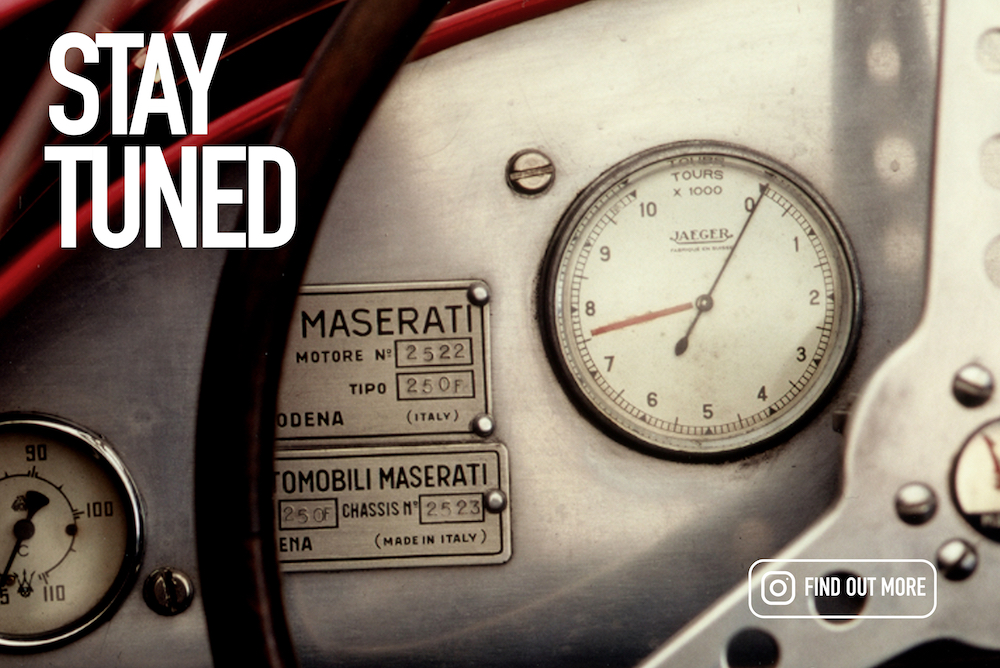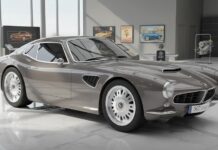If you’re a regular at Insider, you’ve probably noted that frequently reference demographic data, in particular age. That’s due to both supply and demand. Hagerty has a surfeit of information on enthusiasts’ ages courtesy of insurance call centers (because “How old are you” is one of the standard questions an agent will ask in order to give you a quote on insurance).

Generally, the story is an encouraging one: Our data show younger enthusiasts are increasingly interested in collector vehicles and in particular tend to appreciate the very same vehicles their parents and grandparents loved. Of course, this interest is fortunate for the hobby—if every enthusiast sought out solely the new cars of their youth, tens of thousands of Ford Model Ts and Model As (along with countless other models) wouldn’t still be on the road.
This doesn’t extend to every classic car, however. Based on our policy quote data, some vehicles face flagging interest among younger collectors—and we’re not just talking about fringe models, either.
Before diving in, we should remind you that age is just one of several factors that enable us to accurately track collector marque and model trajectories. Breaking down enthusiasts by generation admittedly lumps together a broad swath of automotive interests—a Gen Xer born in California in 1965 may well have different collector influences and priorities than one born in Idaho in 1979, for example. That said, parsing interest in vehicles by collector age group has proven to be an effective indicator of the potential future health of that vehicle’s valuation.
1961-1974 Jaguar E-Type (series I, II and III)
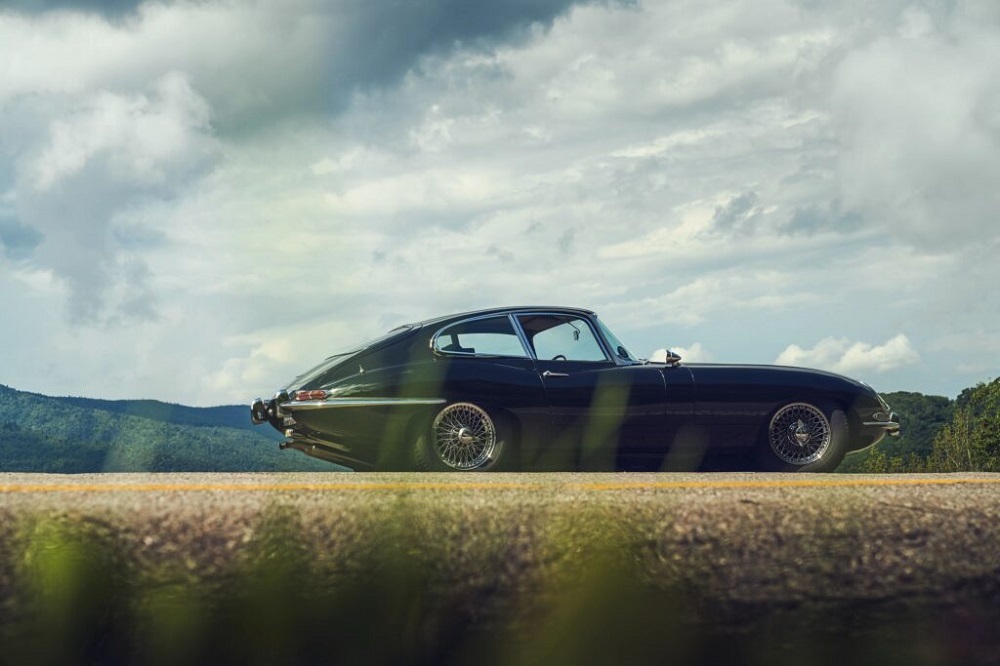
For all three series of E-Types, a full 80 percent of quotes are from enthusiasts born before 1965. Cost likely has something to do with that—older enthusiasts still tend to dominate interest in more expensive vehicles, and the series I (1961–1967) E-Type, the most popular model, is reliably a six-figure car, per both the Hagerty Price Guide and the values callers assign to their cars when they call us ($148k, on average). Yet the series II (1968–1971) and the V-12-powered series III (1971–1974) tend to be more attainable and still get relatively little interest from younger collectors.
1948-1965 Porsche 356
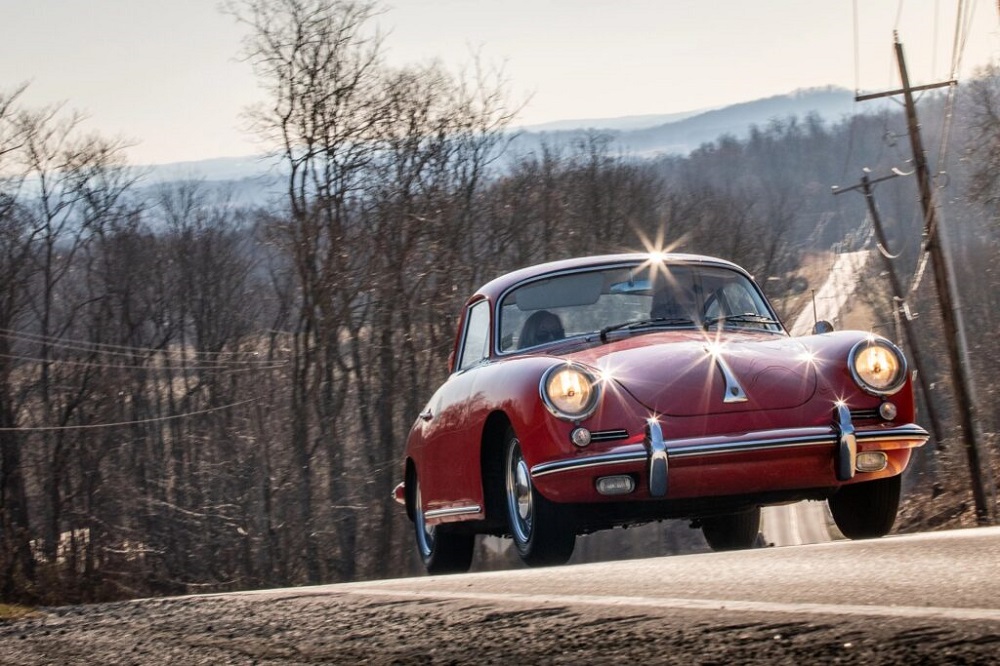
Porsche as a whole is one of the healthiest brands in terms of its appeal to enthusiasts of all ages, thanks largely to the longevity and timeless appeal of the 911. Yet that doesn’t seem to extend to the car that started it all, the 356. Nearly 70 percent of the people calling us about insurance on one are born in 1965 or earlier. As with the E-Type, cost might be a factor. The earliest 356s (those built between 1949 and 1955, or “pre-A” in Porsche-speak) can hit seven figures, and even the later models (1963–1965 356C) tend to be worth more than $100k. Yet no one would call the 964-era 911 Turbo an affordable car these days, and Gen–X and younger enthusiasts reliably make up close to fifty percent of interest in them.
1946-1955 MG T-series
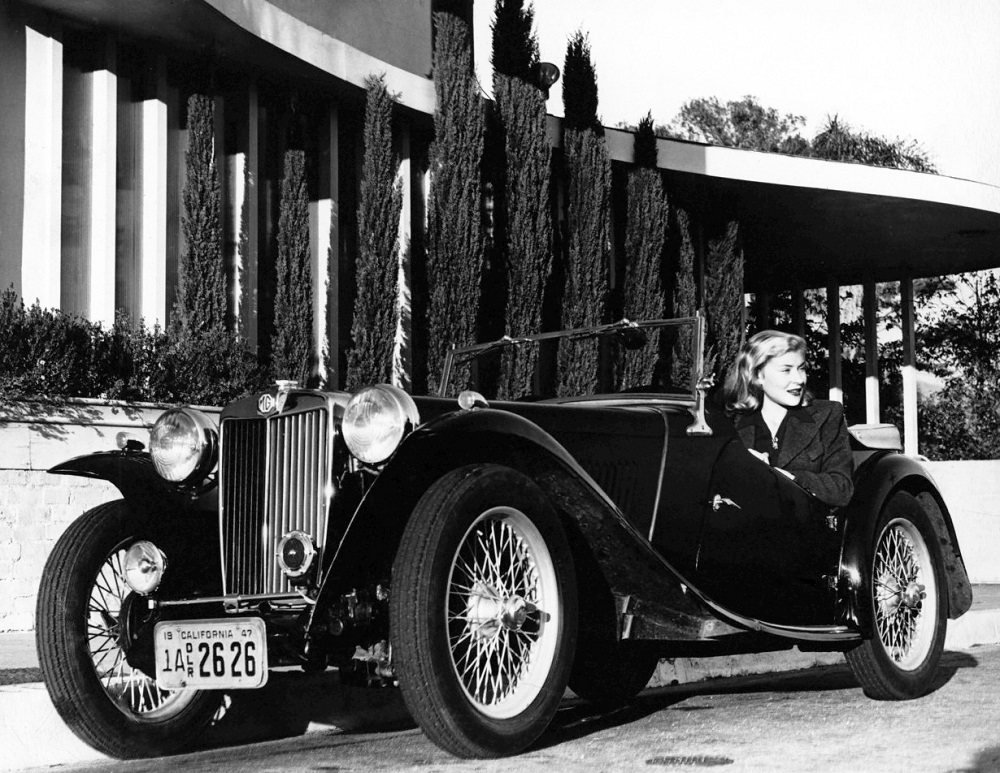
The MG aids in demonstrating that interest (or lack thereof) in a car is not simply a function of price. The MG series helped popularize the sports car in the United States after World War II and has always been an affordable gateway to the joys of open-air backroads driving. The 1950–1953 TD, the most popular of the T-series MGs, can be had in good condition for around $20k. And yet 88 percent of quotes for these MGs are from enthusiasts born before 1965.
There are a number of factors here, including the fact that MG hasn’t sold a car in the United States since 1980. Yet the most salient reason for the MG’s lack of popularity among younger enthusiasts is probably the Mazda Miata, which is even less expensive (for now), considerably newer, and has the 1990s vibes that Millennials in particular seem to dig.
1963–1967 Chevrolet Corvette

You might expect Corvettes to dominate this list but, for the most part, you’d be wrong. Late C3s (1974–1982) as well as C4s (1984–1996) tend to be quite popular among younger collectors. Yet for the 1963-1967 C2, interest is indeed graying—some 74 percent of people calling us about them were alive when the car came out. These cars aren’t MG cheap, but—leaving aside early split-window cars and ultra-rare variants—neither are they E-Type expensive. People calling us for a quote on a C2 state an average value of $83K, about sixty grand less than for early E-Types.
The outlook isn’t the same for all American cars of this era. The 1961-1969 Lincoln Continental (29 percent of quotes come from those born prior to 1965), 1960s Chevrolet Impalas (36 percent), the 1965-1968 Ford Mustang (41 percent), and 1949-1967 Volkswagen Beetle (36 percent) all have a majority of quotes from Gen-X and younger enthusiasts.
What’s to come?
What are the potential implications for those vehicles that don’t have much youth appeal? In the short term, we don’t see much risk. People from the Baby Boom or earlier generations still control nearly 65 percent of the wealth in the United States and are extremely active in the collector car market.
If these trends continue over the long term, however, affected vehicles may see diminishing demand and values that don’t keep up with inflation or decline.
That won’t shake any of those cars from the firmaments of classic car legend, and it won’t make them any less fun on your favorite road. Just the same, it never hurts to head out to local events, let the kiddos sit in the car, and take them for a spin.
Report by John Wiley for hagerty.com
If you are interested in more news click here.
